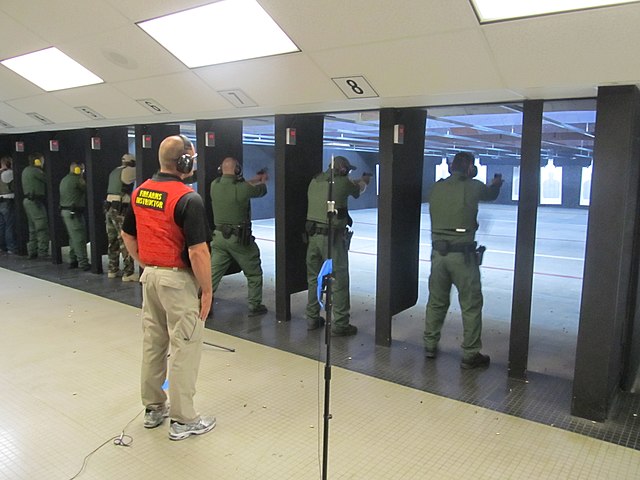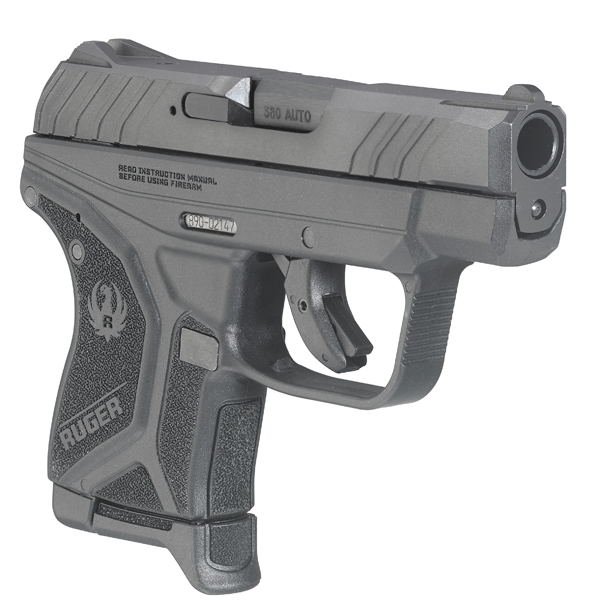
The 28 gauge model is the most popular choice when purchasing a shotgun due to its affordability. Is the 28 gauge gun really worth it? This article will discuss the cost and weight of these guns as well as their performance on clay targets and upland games. It also discusses safety measures gun owners should adhere to. Continue reading to learn about the benefits of a 28 gauge shotgun. This guide will teach you how to shoot a gun if this is your first time.
Shells of 28 gauge cost more
When compared with the cost of 20-gauge shells, the price of 28-gauge shotshells is relatively cheap. A quality load will be two to three dollars less than an economy load. A majority of shells are about one dollar cheaper per round than an economic load. It is possible to find 28-gauge shells at a lower price that still perform as well. Here are some tips to help you choose the right shell for your needs and how to shoot accurately.

You have many options if you are searching for a shotgun shell to fit a 28-gauge gun. While a 28-gauge shotgun is popular with hunters, it is not as common as a 20-gauge shotgun. It's an excellent choice for upland hunters as well as skeet shooters. This ammunition can also be used to shoot large game.
Weight of 28-gauge guns
A 28-gauge gun's weight can vary greatly. A typical load is 3/4 ounces lead shot, fired at 1200-1300 fps. Other loads are also available, including 7/8-ounces and one-ounces of lead shot. These guns are designed for birds and upland game because of their narrow hulls. A slightly heavier gun may be required by hunters who wish to hunt down a buck or deer.
A 28-gauge gun is lighter than a 10 gauge gun. A lighter gun is easier to hold and shoot, but it won't be as fast to reach the target. A lighter gun is easier to control and can be overhandled, so the weight is lacking to propel the gun to the target. Although they have their limitations, 28 gauge shotguns have many benefits over larger guns. A lighter gun might be more comfortable to use, which can make it great for older shooters and smaller shooters.
Performance of 28 Gauge Shotguns on Upland Game and Clay Targets
With the correct ammunition, you can determine how well 28-gauge shotguns perform on clay and upland game targets. These shotguns come in several styles. The Citori shotgun has a sleek design and high reliability. It comes with a barrel selection tool that allows you choose the barrel to fire on your first pull. The remaining barrel will be fired with a second pull. The Citori shotgun weights in at 6.1 lbs. Citori shotgun also has an automatic ejector to raise unfired shells and make them easy to remove.

The performance of a 28 gauge shotgun is comparable to a 12 gauge gun on clay targets as well as upland. While the 12-gauge is more accurate at long range, 28-gauge shotguns can compete with any other gauge in the same distance. Although they have a twenty-gauge receiver, the 28-gauge shotguns can be built around a 26-gauge barrel. 28-gauge shotguns make great targets for target practice, upland hunting, skeet shoot, and even skeet firing.
FAQ
Is it possible to buy a gun online? What gun do I need?
Certain species require a gun to hunt.
Many states require hunters have a firearm. It depends on what game you intend to hunt and where you live.
At any sporting goods retailer, you can purchase a rifle or shotgun, handguns, muzzle loader and crossbow as well as an archery weapon.
Make sure you choose a weapon that meets your needs. For example, if you want to hunt small games such as squirrels, rabbits, and pheasant, you might consider purchasing a .22 caliber pistol.
Consider purchasing a larger caliber gun if your goal is to hunt large game like deer, elk or bears.
It is important to feel at ease with a firearm before you buy it. A gun is a dangerous tool. Keep your gun unloaded until you're ready to shoot.
Make sure the gun has been checked by a qualified gunsmith before you buy it. Ask the seller to show how to load and unload the weapon.
The warranty provided by the manufacturer should be reviewed. Ask the dealer if they have a warranty.
Ask your dealer for a copy their safety instructions. These documents should include information about safe storage and maintenance.
Verify the serial number. If it starts with "NIB" (or "New In Box"), the gun was made brand new.
If the serial # begins with an odd numbers, the gun may have been previously owned.
If you are unsure about whether the gun is used, contact the manufacturer. You should get more details from the manufacturer.
What types of guns can be legally used?
Hunting can be done with a variety of different weapons.
Hunters usually use rifles or shotguns or handguns as well muzzle-loading firearms.
Rifles can fire bullets at long distances. Most shotguns come with pellets. Handguns can fire bullets through the hands. Modern-day pistols have muzzle-loading guns.
Crossbows allow you to shoot arrows. Bowhunters also call archery weapons bowhunters.
Hunting with a crossbow requires special training. The first step is to master the art of shooting and aiming the weapon.
What is the most critical part of hunting wildlife?
How do we get there Start by learning how you can shoot accurately. Then we must learn to hit our target. Finally, you must be able to make changes if you fail.
Hunting is only possible if you know what you're doing. You won't improve if you don't understand what you are doing. Even though you might feel that you have improved through better shots, it doesn't mean you will be any better. This is also true for hitting targets. If you don't understand why you're missing, you'll never improve. This means that it is essential to understand what your goal is.
This is where knowledge comes in. Knowledge is key to your ability to hunt. When you're out in nature, you want to know everything you can about the animals you see. You need to be able to identify their habits, behavior, and personalities. You can plan your hunts in this way to ensure they run smoothly.
Learning from past success stories is a great way to improve your skills. This topic is covered in many books. In addition, there are websites like www.thehuntingzone.com that offer great tips and advice. Finally, you have people who have years and years of experience. They will be able to help you understand what works and not.
It's time for you to practice once you've learned all that you can. Practice makes perfect. Practice is not enough. Instead, practice until you feel confident. Confidence allows one to relax and enjoy each step. Relaxation allows you to focus on the task at hand. You can capitalize on every opportunity that comes your way by concentrating. Opportunities only come when you are relaxed and focused.
You're now ready to test your new skills. Don't fret if you fail. Don't worry if you fail. Just keep practicing. Eventually, you'll find success.
Statistics
- Licenses dropped from a peak of roughly 17 million in the 1980s to 15 million in 2019, according to The Seattle Times. (stacker.com)
- According to the Wildlife Restoration Act, passed in 1937, most of the state conservation efforts are funded through hunting and fishing license sales and firearms sales. (stacker.com)
- - Percent of residents with paid hunting licenses: 0.7%- (stacker.com)
- Thanks to the 1937 Pittman-Robertson Act, an 11% excise tax was placed on the sale of firearms, which were then used for conservation. (stacker.com)
External Links
How To
How to build a Deer Blind
A deer blind is a type of hunting device used to hide from game animals such as deer, elk, etc. It usually consists of an enclosed area made of wood or canvas that is covered with branches, leaves, and sometimes covered with leaves. The hunter waits for the animal's arrival and hides in the enclosure. A deer blind is often used when hunting at night.
There are many types of deer blinds. Some are portable and others are permanent. They are constructed of materials such as plywood and cardboard.
The most common type of deer blinds is box blinds (also known as box stands). These blinds consist of a box made of wood with walls and a roof. Because they are simple to build and easy to transport, boxes are extremely popular.
A tree stand is another type of deer blind. Tree stands are made to look natural, so no one would guess they were there. Most tree stands are permanently attached with trees.
Ground blinds can also be used, which are very similar to tree stands, but are built into the ground. Ground blinds can often be disguised with dirt, rocks, sand, or grass. Ground blinds also sometimes go by the name "ground boxes".
There are many different ways you can hunt in a deer blind. You can wait for the animal's approach by sitting still. Another way is to move around and try to scare the animal away. You should be quiet and not move too much if this is the method you choose. This could make the animal think you are a predator, and they may run away.
A deer blind can only be used in a specific spot. It is important to choose a location where the wind doesn't blow your scent towards the animal. Also, avoid areas where people hike frequently.
Make sure that you are able to set up your deer blind correctly. Otherwise, the animal will see you and run away.